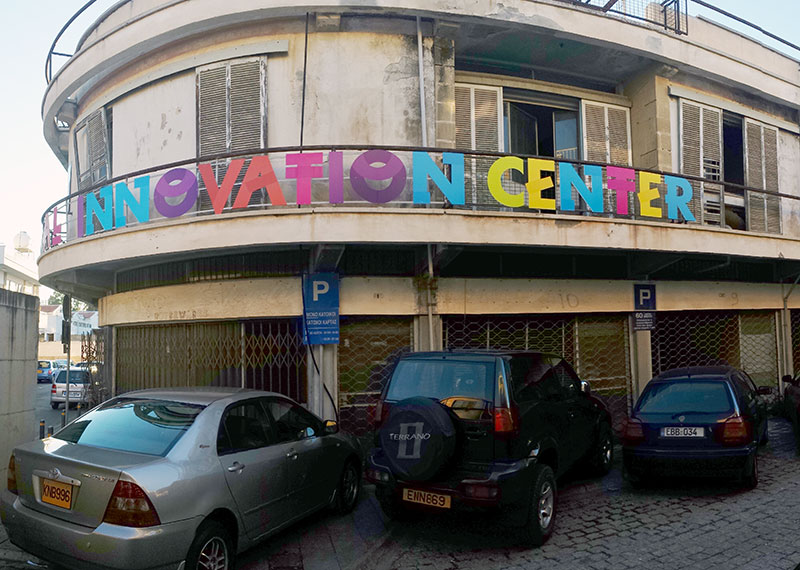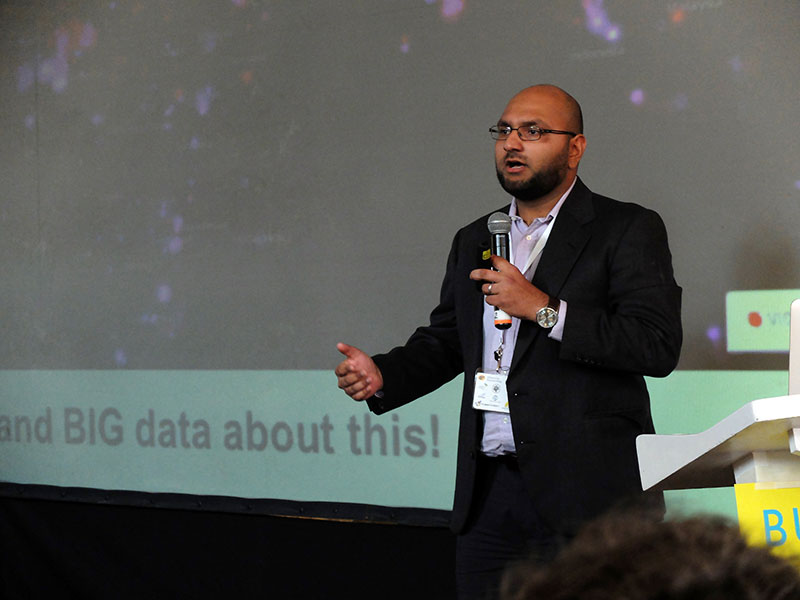
Just as Turkish Cypriots were electing a moderate President who supports reunification with the Republic of Cyprus, a group of technologists, artistas, social scientists and activists gathered in Nicosia, its divided capital city. It was the second convention of its type: Construir la paz—a forum to exchange ideas and learnings from new media and technology-enabled peace initiatives.
These peacebuilders showcased initiatives from conflicts around the world, including Creative’s efforts to empower communities through participatory resource mapping, and several fledgling initiatives received a “PEACEapp” award from the United Nations Alliance of Civilizations and the United Nations Development Program.
Every award winner had developed a digital game.
One was a role-playing game in which players assume the role of an Aboriginal in Australia to combat Everyday Racism. Another was a fantasy game that allows children to be Peace Superheroes and use non-violent engagement in conflict.
Locally, researchers were building a virtual experience that would allow players to together reimagine Famagusta, a ghost town for the last four decades since it was sealed off by the Turkish army, as what a post-conflict city could look like in Cyprus.
I remember the beginning of the nascent Games for Change movement over a decade ago – possibilities and initiatives around peace gaming were bubbling. Hoy, might we finally be at a point to see the mainstreaming of video, online and mobile games in peacebuilding?
A dose of realism

Whether digital peacebuilding games and other peace technologies have measurable impact remains in question, but as Sheldon Himelfrab, President of the PeaceTech Lab at the United States Institute of Peace, put it to audience applause; “How do you measure the impact of your [peacetech] programa? Bien, how do measure the impact of money spent on war?"
Sin embargo, what I find myself asking constantly is who is going to use these apps unless they are asked to do so and monitored to check they do it? Who is going to willingly play a low-fidelity game of political negotiation for fun?
Returning through the desolate streets of Cyprus’s UN buffer zone from a late night film screening about a program in Kenya that sent peace-themed text messages in the hopes of avoiding election violence, media professional Charlie Haskins brought up another issue.
el problema, he pointed out, was that the messages were sent to people who had self-selected to enroll in a program to receive them.
This is the challenge of building technology for development and peacebuilding ourselves. Realistically, no peacebuilding game or app we create will ever get the adoption and scale of commercial games such as World of Warcraft or Second Life.
When it comes to technologies we hope to use for peacebuilding, international development professionals are not in the right position to build them. We do not attract the right funding or talent to invest in building technology properly, and when the program and associated funding end, so will the deliberative mechanisms we set up to get people to use it.
Mark Nelson, the Director of the Stanford Peace Innovation Lab, emphasized that when trying to do both social innovation and technology innovation, the chances of failing are much higher. This is not something we easily take to heart as technologists in development.
But the truth of the matter is there are already technology tools and platforms that have wide adoption, run at scale, and continue to improve—tools like Twitter, Wikipedia, Kickstarter, Whatsapp, and Mixit.
We are fooling ourselves if we believe we can use public money to hack together citizen feedback apps, Por ejemplo, that will sustain after we leave.
Where development technologists can contribute
There were signals at the conference that people are beginning to act on this wisdom.
For one example, el Peace Factory runs social media campaigns to reduce conflict through visual messaging. Their viral “Friend Me” campaign, which pushes Facebook users in places like Israel, Iran and Syria to friend someone from the “other” side, encourages participants to virtually get to know the other person and find out how similar they are.
These virtual connections have often led to real-world friendships.
Games for Peace uses popular commercial video games to bridge the gap between young people in conflict zones by communicating and collaborating in a virtual world. One of their programs brings Israeli and Palestinian kids to build a village together in the Middle East using Minecraft.
Two months after playing the game, the kids meet each other in the real world, by which point they are collaborators and friends.
A mí, these are the sort of programs that technology for development professionals should be designing – not software programs!
At Build Peace, I learned that the hacker space in Baghdad started with a Kickstarter campaign, and that Facebook introduced peaceful icons in their chat smiley lexicon in Burma to reduce hate speech.
As development and humanitarian technologists, perhaps our role is also to advocate for commercial technology companies to design and introduce features that enable peacebuilding.
We can help them draw from what we know about social innovation, and the user research we are exposed to from conflict and disaster settings.
We can also provide training for community based organizations working toward peace on how to use this technology—how to use tools like Facebook Insights or Google Analytics that they could really benefit from.
Prototyping apps to test and demonstrate potential can be part of this advocacy, but is not the end game.
To reach the people we need to, we have to creatively design programs using existing, widely-adopted technology, train local entities to effectively use such technology, adapt the programs based on technology-enabled insights, and advocate for advancements in the tools and platforms already succeeding.
Ayan Kishore is a Senior Associate, Tecnología para el desarrollo, with expertise in Information communication technology applications for social good and international development.